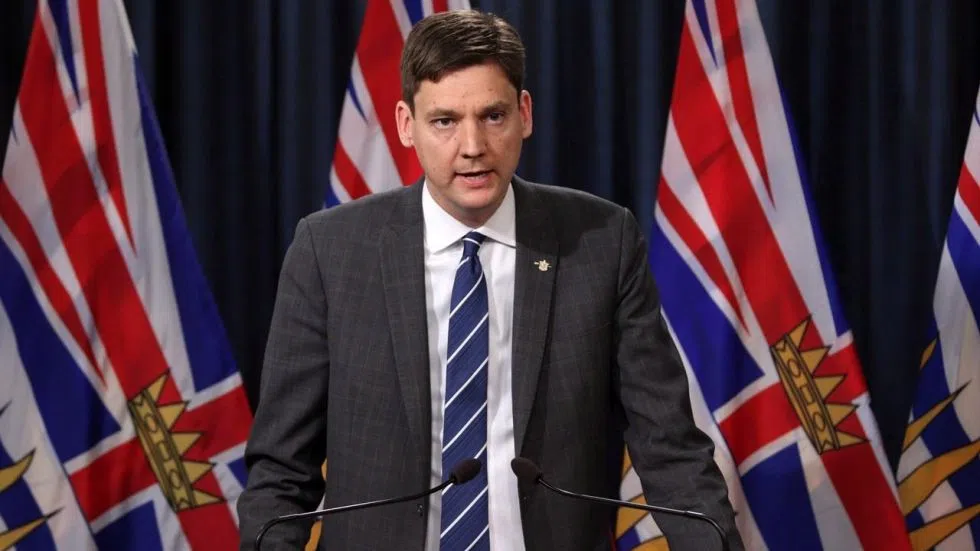
B.C. electoral reform referendum includes two-part ballot question
VICTORIA — Voters in British Columbia should be able choose between three forms of proportional representation or keep the current voting system in a referendum this fall, Attorney General David Eby said Thursday.
Eby has made 18 recommendations to cabinet on the structure of the referendum, suggesting that voters be asked whether they want to switch to proportional representation to elect members of the legislature or keep the first-past-the-post system.
Voters would also be given three options for proportional representation and be asked to rank them based on their preference.
If a majority support making the switch, the option with the highest number of votes would be implemented.



